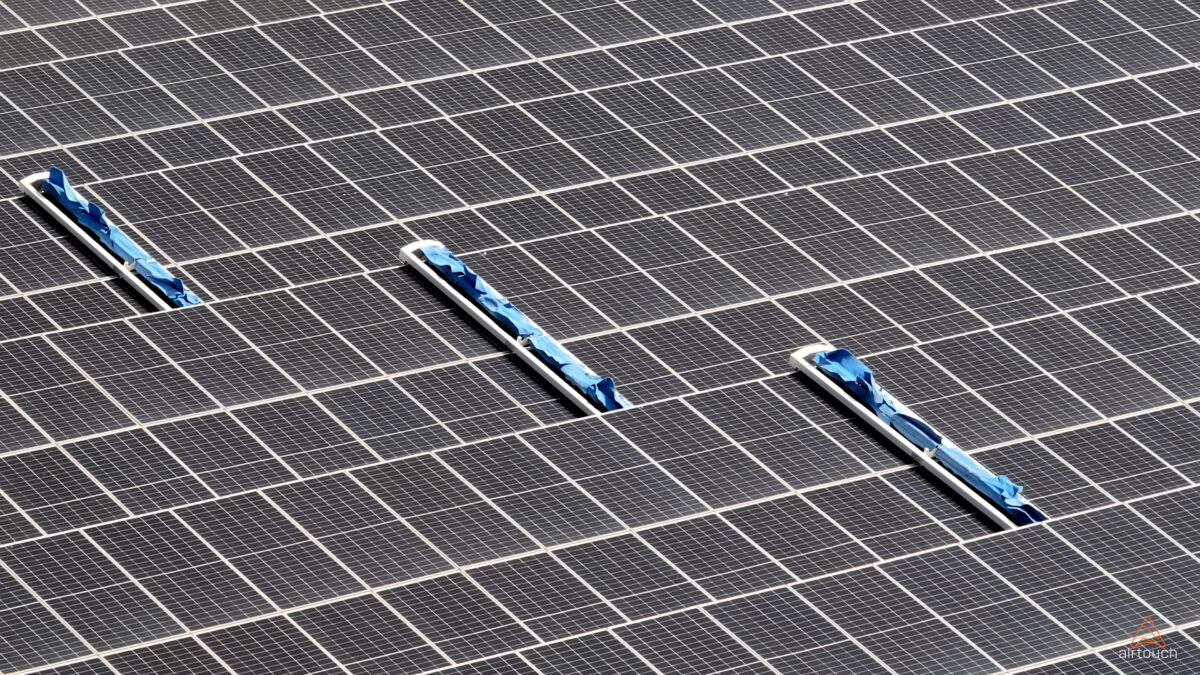Airtouch Solar Group, an Israel-based developer of cleaning equipment for utility-scale solar PV plants, has launched Airtouch AT 4.0, its latest autonomous, water-free surface cleaning solution to prevent dust and soiling from affecting PV power generation.
It is already winning contracts with the solution, such as the $8.5 million agreement with ReNew, a NASDAQ-listed renewable energy developer in India, its fifth agreement with ReNew.
Like earlier solutions, the new Airtouch model is a robotic solution, operating autonomously. It is typically installed in arid and dusty locations. It uses airflow and microfiber wipers to remove soil from the PV module surfaces rather than water.
The latest version is designed to provide greater cleaning efficiency and better maneuverability, according to Airtouch Solar. It is a 4-meter cleaning unit that weighs less than 40 kg. For comparison’s sake, the Airtouch AT 3.0 is a six-meter robot.
Popular content
“Each unit can clean up to 2000 meters on a full charge,” a spokesperson from Airtouch Solar told pv magazine. “Optional rubber flippers can be added for hard-to-remove soiling. Each robot is recharged with the help of solar panels that Airtouch supplies and installs.”
The cleaning units are equipped with sensors and wirelessly connected to Airtouch’s cloud-based Internet of Things (IoT) platform for remote monitoring, remote controlling, and management.
With extensive operations in India, Airtouch has been winning long-term supply and maintenance agreements with companies like Renew Energy, Amplus, Adani Green Energy, and Acme, as reported by pv magazine India.
This content is protected by copyright and may not be reused. If you want to cooperate with us and would like to reuse some of our content, please contact: editors@pv-magazine.com.


2 comments
By submitting this form you agree to pv magazine using your data for the purposes of publishing your comment.
Your personal data will only be disclosed or otherwise transmitted to third parties for the purposes of spam filtering or if this is necessary for technical maintenance of the website. Any other transfer to third parties will not take place unless this is justified on the basis of applicable data protection regulations or if pv magazine is legally obliged to do so.
You may revoke this consent at any time with effect for the future, in which case your personal data will be deleted immediately. Otherwise, your data will be deleted if pv magazine has processed your request or the purpose of data storage is fulfilled.
Further information on data privacy can be found in our Data Protection Policy.